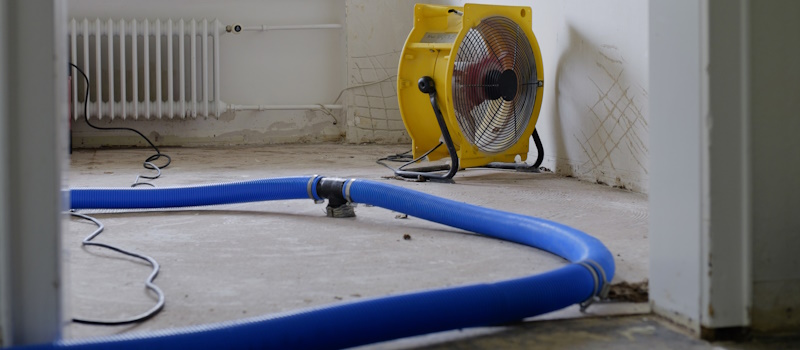What To Do (And Not To Do) After a Flood
What To Do (And Not To Do) After a Flood

What To Do (And Not To Do) After a Flood
According to the Federal Emergency Management Agency (FEMA), flooding causes an average of $5 billion in damages each year; that's more than any other weather-related event. If your property has recently experienced heavy rainfall and the threat of flooding, knowing the next steps to take is so important. By understanding what to do (and what not to do) after a flood, you can keep yourself safe while working to regain some sense of normalcy.
Wait for Clearance To Return Home
First and foremost, if you evacuated prior to the flooding, always wait until you receive the "all clear" from local authorities and agencies to return home. With heavy flooding, roads may be closed, and there may be other hazards, such as downed power lines. Attempting to return home before you're given clearance could put yourself and your loved ones at risk, so exercise patience here.
Report Damage and Losses
Once you're able to return home, it's time to assess the damage and begin the process of filing any relevant insurance claims (this will be easier if you have a home inventory for reference). Be sure to have your home insurance and/or flood insurance policy declarations on hand when you reach out to your agent, as this will help you better understand your coverage. Your agent will be able to walk you through the next steps in filing a claim, which may include an inspection.
Document as Much as Possible
Before you start with any cleanup of your property, it's also a good idea to document damage as thoroughly as possible. This should include taking photos and videos of damaged property, as well as recording serial numbers of large appliances. If the damage is extensive, keeping samples of your flooring, furniture pieces, and other affected items may also help to expedite your insurance claim.
Exercise Caution With Cleanup
As eager as you may be to start cleaning up the damage on your property, it's essential to follow some common-sense safety precautions. If electricity isn't shut off to your home, entering an enclosed area with standing water could pose an electrocution risk. Likewise, water damage can encourage mold growth, so it's a good idea to wear a respirator and other personal protective equipment when working in your home.
In general, it's best to leave the flood cleanup and restoration to a trained and experienced professional. A licensed, bonded, and insured disaster cleanup specialist will know the proper steps to begin the cleanup process on your property. Be sure to keep copies of any estimates and/or receipts for this kind of service, as your insurance policy may cover it.
The Bottom Line on Flood Cleanup
Dealing with the aftermath of a flood can be stressful, but by following the right steps and avoiding some common mistakes, you can get the ball rolling on the cleanup and restoration process. If you have any questions about your flood insurance coverage or want to ensure you're better protected in the event of another flood, contact a local agent today.
